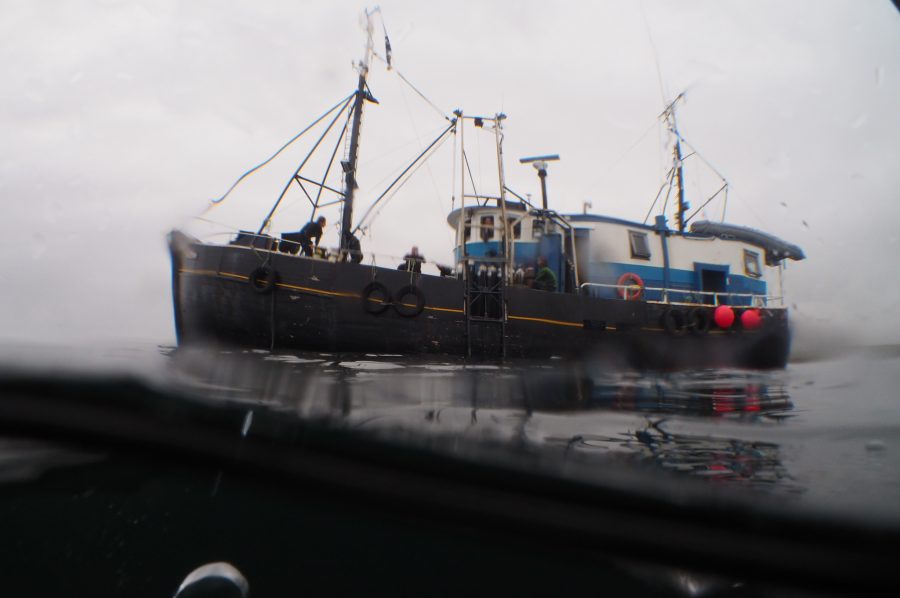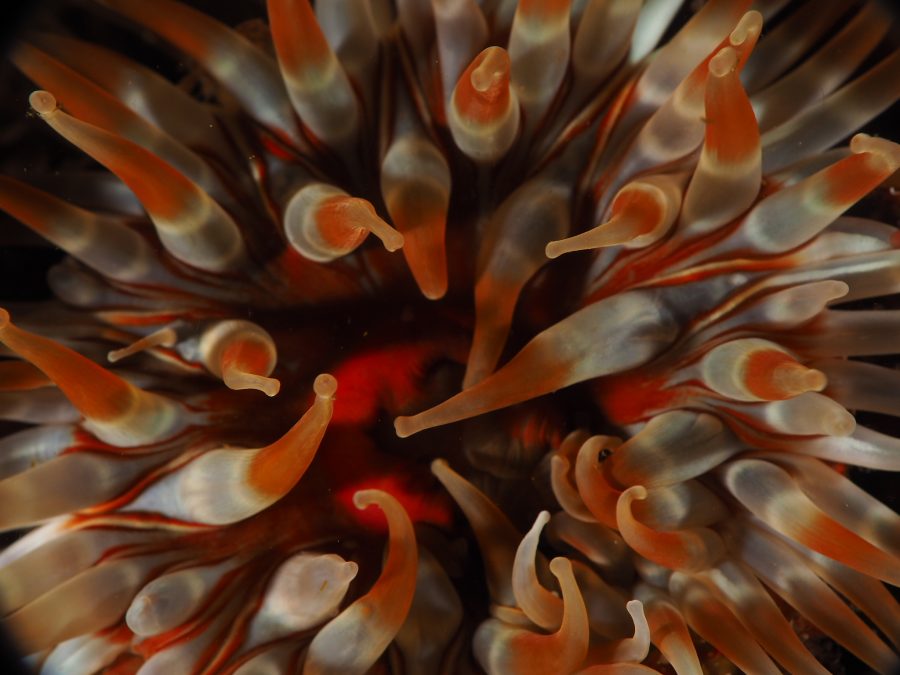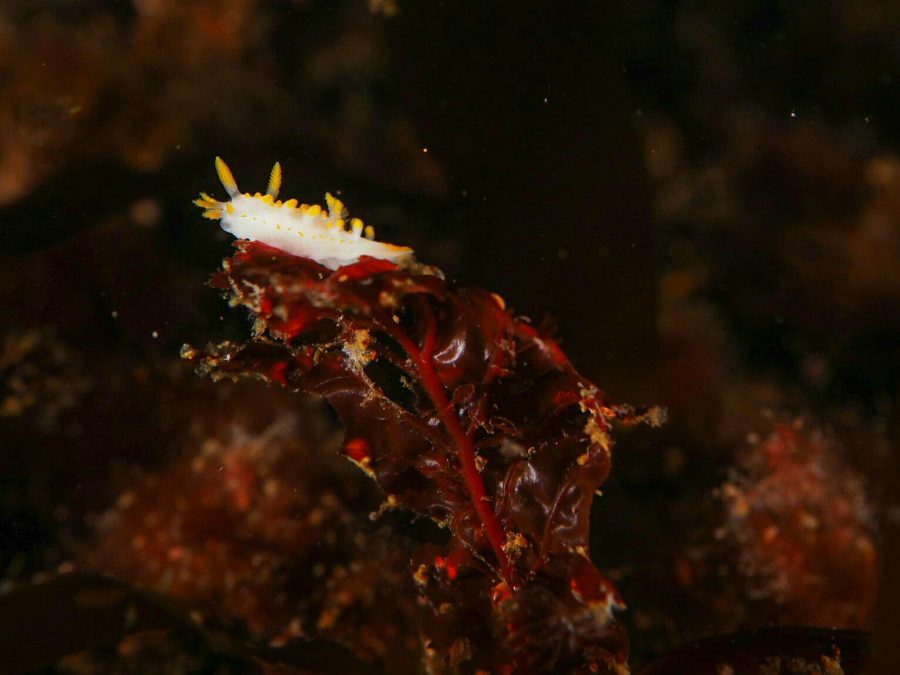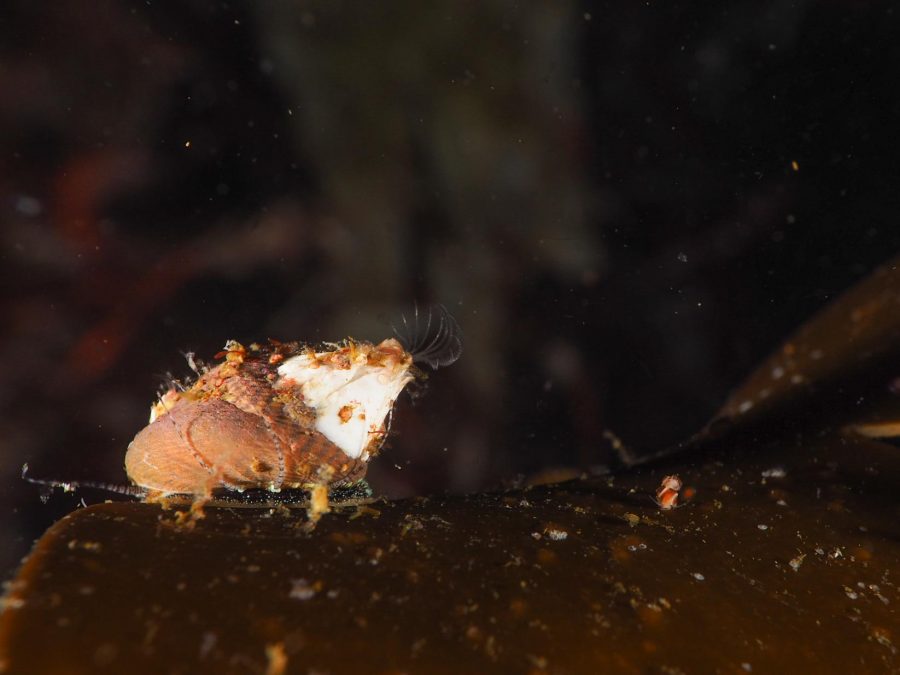After some great cold-water diving in Reykjavík, I flew to England to pack my rebreather and then took the train and ferry up to the Shetlands. There, Bob Anderson hosted me on the MV Halton, one of the only liveaboards to offer dive charters around Scotland’s northernmost islands. The diving continued the trend of fascinating underwater scenery, with a few stunning wrecks thrown in for good measure.
The week started in Lerwick, where the overnight ferry from Aberdeen arrived in the early morning. Our group of ten divers transferred our gear onto the Halton, and Bob steered her out to sea right away. By ten o’clock, we were at the first dive site, kitting up to descend onto the Fraoch Ban. This small fishing vessel sank in about thirty meters of water and was an ideal check-out dive. With all the equipment in working order, we braved big rollers coming in from the North Sea, and headed towards the northern isles of Yell and Unst.

Luckily, we left the swell of the North Sea behind us when we rounded the island of Whalsay, tucking into some more sheltered waters. There, the E-49, sunk in the second world war by a German mine, was my first dive on a submarine. The valves and mechanics evident on the blown-off bow testify to great advances in naval engineering during the world wars. Along with a huge tusk, octopus and stunning soft coral , this wreck makes for a superb dive.

The following day we dived the ‘Out Stack’, Britain’s northernmost point, and a superb wall dive. The dive site was covered in invertabrate life, leaving none of the rock surface bare. It was impossible to find a spot to push myself off the wall, which gave me the opportunity to practice my back-finning technique. When I turned a corner on the wall, the gentle flow transformed into a ripping current. Thus, we decided to deploy a surface marker buoy and end the dive.

On the way back south, we dived a number of equally spectacular walls with little cracks and caverns, which added another dimension to the sites. In one of these, a resident grey seal decided to nibble on my fin. Luckily, it found that rubber wasn’t very tasty and instead proceeded to play with us and evade my camera.

The North and West of Shetland was fascinating. Sightings of dolphins and birds such as shearwaters and gannets almost matched the underwater encounters with seals and octopus. The welcoming hospitality on the MV Halton and a group of like-minded divers who appreciated scenic dives in equal measure as wrecks made this trip perfect.
